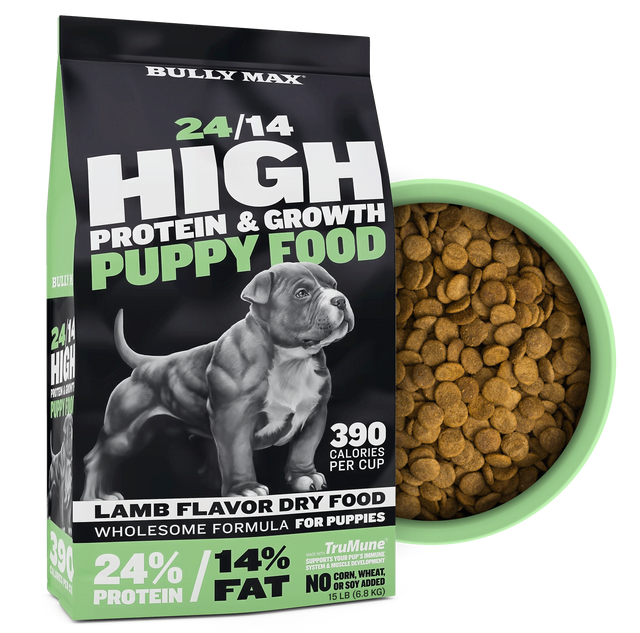Avoid 5 common feeding mistakes that millions of dog owners make
Of course the food you feed your dog is important.
But just as important as WHAT you feed your dog is HOW you feed it to them.
Below is a list of common mistakes that millions of dog owners make when feeding their dog. The good news is that once you’re aware of these mistakes, avoiding them is generally very easy.
Let’s get started with mistake #1…
Dog Feeding Mistake #1: Feeding Too Much or Too Little
It’s very common for owners to feed their dog the wrong amount of food. Feed them too little, and they’ll be hungry and malnourished with low energy. Feed them too much, and they’ll gain weight and become less healthy.
Don’t just guess how much food your dog needs. Instead, take a few minutes to weigh your dog and use a dog food calculator like this one to find out how much food your dog needs per day.
Dog Feeding Mistake #2: Incorrectly Storing Your Dog Food
Another mistake that many people make is trying to get cute about how they store their dog’s food.
As a result the food can go stale or even expire faster than expected. And when your dog’s food goes stale, it loses its nutritional content faster than normal.
The first thing you need to know is that you should always keep your dog food in its original container. Dog food bags are made specifically to keep dog food fresh. Third-party containers may not be.
If you want to put your dog food in a separate container, that’s OK—just keep it in the bag.
Go here to learn more about how to store dog food.
Dog Feeding Mistake #3: Mixing New Food with Old Food
It’s very common, when you get a new bag of dog food, to add the remainder of your old bag to the new one.
But you shouldn’t do this!
Mixing old food and new food is another mistake that can lead to stale or expired dog food. And in the event that your old food had some kind of bacteria or other germs, you don’t want that to spread to the new bag of food.
So do your dog a favor and keep each bag of food separate.
Sound good? Good.
Dog Feeding Mistake #4: Leaving Food Out at All Times
Some people will just keep their dog’s bowl full at all times. This might work for cats, but it’s a bad idea for dogs.
Your dog needs a routine when it comes to meals and feeding. They should eat at specified times. And ideally those times will be regular and consistent from day to day.
If your dog is a picky eater, is underweight, or doesn’t finish all their food, this could be part of the problem.
Learn more about how to establish a dog feeding schedule here.
How to train your dog to eat everything you give them:
Dog Feeding Mistake #5: Misunderstanding the True Price of Your Dog Food
Here’s another mistake people tend to make:
They gauge the price of a dog food based on the weight in the bag, instead of the net servings.
When buying dog food, always think in terms of cost per serving, not cost per pound. The reason this is important is because not every dog food has the same weight or calorie density.
Think of it like the difference between a bag of chips and a bag of popcorn. The bag of chips is probably heavier, even if the bags have the same number of servings. If you judged these two snacks based on the cost per ounce, you would think the popcorn is much more expensive—but you’d be wrong.
So don’t think in terms of weight. Think in terms of calories.
Take our Bully Max 30/20 High Protein Dog Food, for example.
But our formula is so calorie- and nutrient dense, each cup packs a whopping 535 calories (more than any other formula in its class). And that means that on a serving-by-serving basis, it’s a lot less expensive than most people realize.
Oh, did we mention this is the ONLY performance dog food rated 5/5 stars by DogFoodAdvisor?
That speaks to the high quality and selection of ingredients, which are carefully chosen to help nourish your dog with healthy and delicious ingredients like chicken, flaxseed, and fish meal.
If you’re looking for a super-high-quality dog food, give it a try. We know your dog will love it.(Oh, notice that on the right-hand side we have a handy calculator that tells you how many servings are in each bag based on the size of your dog.)








